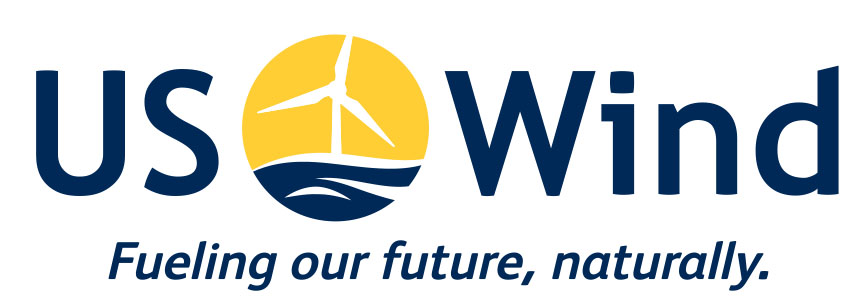Ways to boost renewable energy in the U.S.
Countries around the world, including Sweden, Germany, Iceland, China, and Costa Rica are using renewable energy to combat climate change and have put policies in place to ensure a sustainable, low-carbon future. There are more than 100 cities worldwide that are now powered primarily by at least 70 percent renewable energy. In 2018, a record number of corporations started to shift to renewable power.
In the United States, at least 29 states have set renewable portfolio standards, which will require a percentage of energy from renewable sources, which include hydropower, wind, solar, biomass, and geothermal. Wind power, in particular, has a cumulative wind capacity around the world increase of more than 539,000 megawatts from 23,900 mw—more than 22 fold from 2001 to 2017, according to National Geographic.
Another report presents the viability of each state to have 100 percent renewables, with its finite sources, which are characterized by the U.S. Energy Information Administration as “virtually inexhaustible.” The report states that Maryland alone could produce 60% of its energy by using offshore wind by 2050, with 42 percent of reduction in power demand, a projected annual cost savings of $7,187 per person, and only 1.18 percent of total state land area required.
Clean, renewable energy is not just a matter of staving off the damaging effects of rising temperatures, but to thrive in the planet for the future generations to come.
